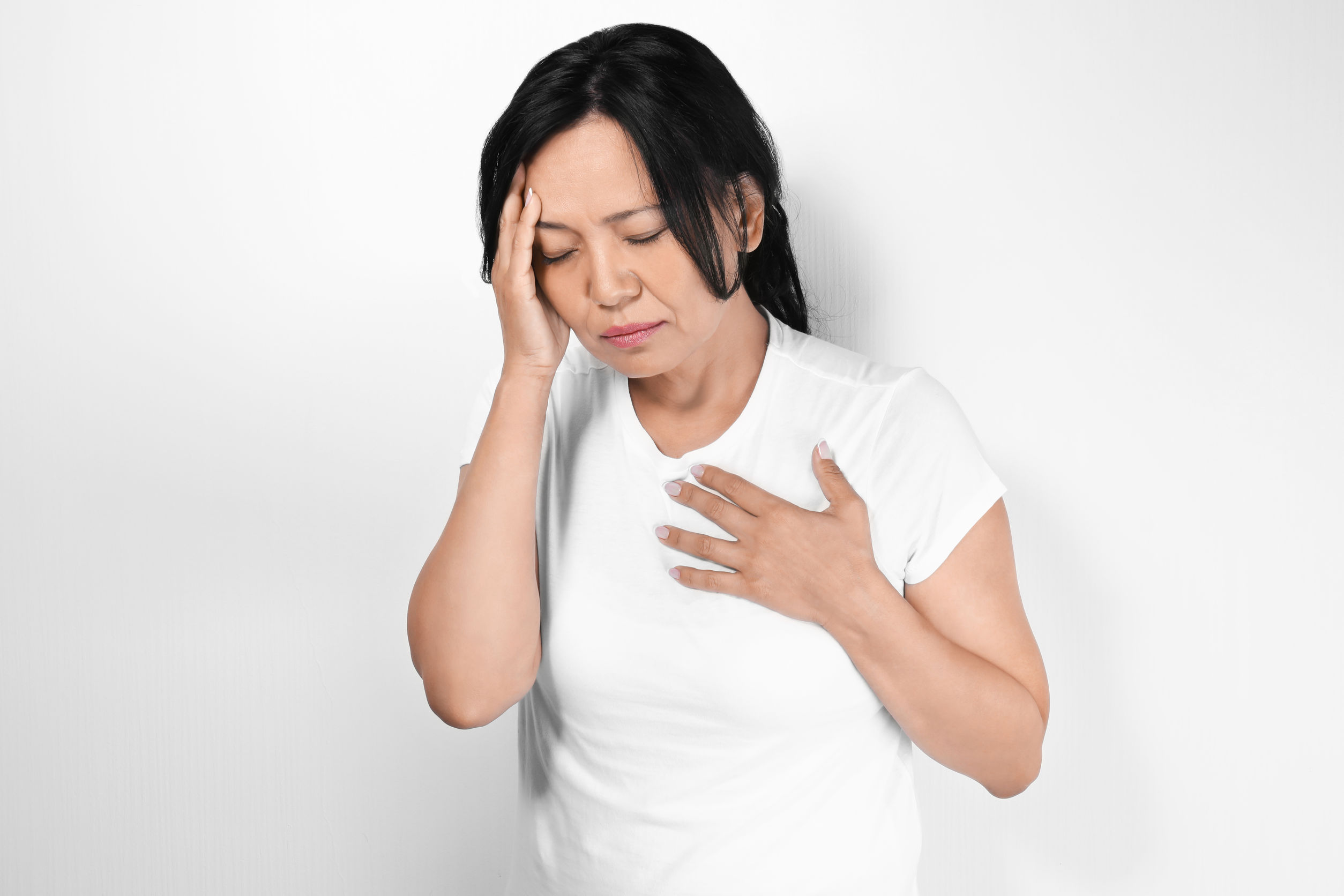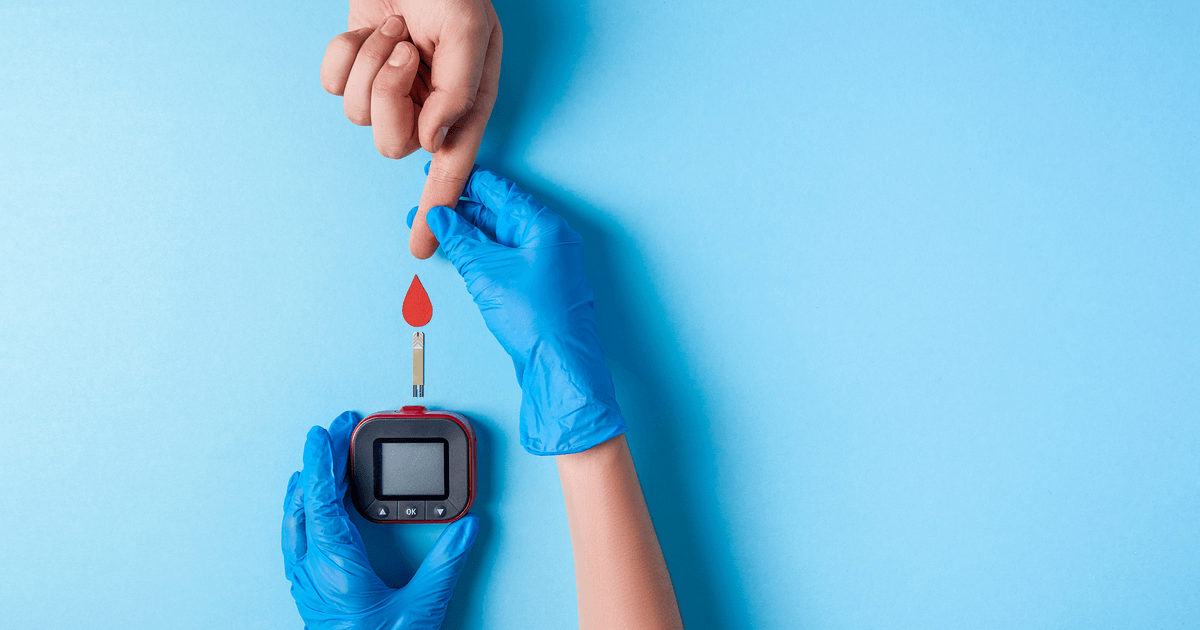Women's Health
Your Guide To Hot Flushes: Why Do So Many Women Have Them?

Hot flushes are sudden and intense feelings of warmth over the face and upper body. This is often accompanied by a rapid heartbeat, perspiration and weakness. When a hot flush occurs during sleep, you may wake up with drenching sweat.
Hot flushes are a common symptom of menopause and perimenopause. The symptoms of hot flushes can persist for several years. Typically, the faster you transition from regular periods to no periods, the more intense your hot flushes may be.
It is important to note that severe symptoms should always be checked with an experienced gynaecologist to rule out more serious medical causes, such as heart disease.
Research shows that at least 17.6% of Singaporean women aged 40-60 experience hot flushes.
What Causes Hot Flushes?
Hormonal changes during menopause are thought to be the primary cause of hot flushes. As a woman approaches menopause, the ovaries gradually produce lower levels of estrogen until they stop production altogether after menopause.
Low levels of estrogen tend to have a direct effect on the hypothalamus, a part of our brain that controls body temperature amongst other functions such as sleep cycles, sex hormones and appetite.
The sudden drop in estrogen levels confuses the hypothalamus and makes it less effective when it comes to controlling the body temperature. It starts to read normal body temperature as “too hot,” which triggers the brain to broadcast signals informing the nervous system, the heart, and other blood vessels to get rid of the excess heat.
Immediately, your heart pumps faster, the blood vessels in your skin dilate, and the sweat glands start to release more sweat to cool you off further. This heat-releasing mechanism is how your body operates to keep you cool during hot days, but when the process is triggered by a drop in the levels of estrogen, the brain becomes confused and leads to uncomfortable episodes of hot flushes.
Symptoms Of Hot Flushes
Some common symptoms include:
- Rapid heartbeat.
- A sudden and intense feeling of warmth that spreads through your face, neck, and chest.
- Perspiration on your upper body.
- A flushed appearance with red skin.
- A chilled feeling as the hot flush lets up.
Managing Hot Flushes
Lifestyle Changes
Although hot flushes occur as a result of hormonal changes in your body, other external factors can also cause your body temperature control mechanism to malfunction. Being aware of and taking the right steps to address these factors can help you manage hot flushes naturally.
Some people may be tempted to look for medication right away, but it is always good to try the less drastic measures first. Making simple lifestyle changes can go a long way in ensuring that your condition does not become severe.
Here are some of the lifestyle changes that you can make to manage hot flushes naturally:
- Dress in layers so that you can easily remove them when the hot flush strikes or wear light clothes.
- Maintain a healthy weight: Obesity and unhealthy body weight tend to increase the intensity and frequency of hot flushes.
- Avoid smoking: Remember the fact that smoking can speed up the onset of your menopause and can also increase the severity of hot flushes.
- Relax & reduce stress: Meditation and slow and deep breathing are some of the proven mechanisms that can help relieve stress hence reducing the severity of hot flushes.
- Keep your room temperature low: Open the windows and use an air conditioner or fan to keep air circulating in the room.
- Take a cool shower before you go to bed.
- Carry cold water all the times: Drinking cold water or splashing it over your wrists and face can help in cooling the body during hot flushes. Staying hydrated plays a critical role when it comes to maintaining stable body temperature.
Latest Articles
How Are Abdominal Hernias Treated?
What to Expect from Colorectal Surgery
How to Treat Breast Inflammatory Conditions
Gynaecomastia: Understanding Male Breast Cancer
Non-Hormonal Treatment Options
If lifestyle changes are not enough to improve your hot flush symptoms, you may consider non-hormonal treatment options for managing the condition. This is a good option if you are worried about the potential risks of hormone therapy.
Medical researchers have approved the use of a low-dose serotonin reuptake inhibitor (SSRI), antidepressants, and paroxetine to treat hot flushes. But, you need to be careful if you are using antidepressants to manage your hot flushes.
Typically, women who use antidepressants take a much lower dose than other patients who use the medication to treat depression. The side effects of antidepressants include nausea, dizziness, headache, drowsiness, and jitteriness.
Hormone Therapy
Hormone Replacement Therapy (HRT) is a treatment method whereby patients take medication that contains estrogen to help in regulating the hormone levels in their bodies. The primary purpose of hormone therapy is to steady the levels of progesterone and estrogen in the body. This is one of the most effective treatment methods for hot flushes.
However, HRT is not ideal for everyone, and it comes with several drawbacks. Long term hormone therapy carries an increased risk for breast cancer, stroke, heart attack, dementia, gallbladder disease, and blood clots.
The risks associated with hormone therapy vary greatly from one woman to another depending on various health and lifestyle factors. You are advised to discuss the risks with an experienced gynaecologist before you opt for this treatment method.
You should never use hormone therapy to treat hot flushes if:
- You have had blood clots
- You have liver disease
- You have a vaginal bleeding disorder
- You think you are pregnant or may become pregnant
- You have had certain types of cancer such as uterine cancer and breast cancer
- You have had a heart attack, stroke or you have a strong family history of heart disease or stroke
- You have allergic reactions to hormone medications
Conclusion
Most women experience hot flushes when they are going through menopause. While some women experience light and occasional hot flushes that do not interfere with their daily lives, others experience prolonged and intense hot flushes that take a toll on their quality of life.
Simple lifestyle changes such as wearing light clothing and taking regular cold showers can help relieve hot flush symptoms. Severe hot flushes can also be managed using non-hormone treatment options or hormone therapy.
It is highly advisable that you talk to an experienced gynaecologist in Singapore about the best and safest treatment method that you can use to manage your condition.
WHO WE ARE
About SOG Health Pte. Ltd.
Established in 2011, SOG Health Pte. Ltd. (“SOG”) is a leading healthcare service provider dedicated to delivering holistic health and wellness services to the modern family.
With a long and established track record in Singapore providing Obstetrics and Gynaecology (“O&G”) services such as pre-pregnancy counselling, delivery, pregnancy and post-delivery care, the Group has since further expanded its spectrum of healthcare services to include Paediatrics, Dermatology, and Cancer-related General Surgery (Colorectal, Breast & Thyroid).
The Group’s clinics, under its four operating segments of O&G, Paediatrics, Oncology and Dermatology, are strategically located throughout Singapore to provide easy access to its patients.
- Obstetrics
- Gynaecology
- GynaeOncology
- Breast, Thyroid & General Surgery
- Colorectal, Endoscopy & General Surgery
- Dermatology
- Paediatrics
Consult With A Specialist From SOG
Visit one of our specialists today to learn more about your health!
Recommended Gynaecologists
Book An Appointment
Fill up this form and our clinic will get back to you shortly.
For general enquiries, please click here.








